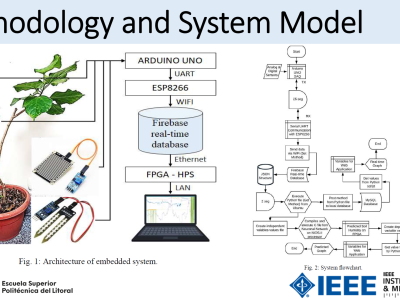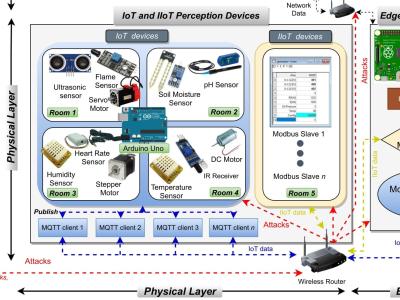NIST SD27 dataset of variations in the matching score by removing every minutiae from every latent fingerprint

- Citation Author(s):
-
Marcos Daniel Calderón Calderón
- Submitted by:
- Marcos Calderon
- Last updated:
- DOI:
- 10.21227/7pqj-2b76
- Data Format:
 220 views
220 views
- Categories:
- Keywords:
Abstract
Latent fingerprint identification is crucial in forensic science for linking suspects to crime scenes. Latent examiners obtain unique, reliable evidence by revealing hidden prints through advanced techniques. However, latent fingerprints often are partial prints with undesirable characteristics such as noise or distortion. Due to these characteristics, identifying the physical details of a latent fingerprint, known as minutiae, is a complex task. Recent publications found that there are subsets on one minutia in latent fingerprints that, when removed, increase the matching score. We have defined this type of minutia as obstructive. The importance of obstructive minutiae lies in their ability to increase the identification rate when they are identified and removed. In this work, we propose a new set of features to describe obstructive minutiae in latent fingerprints. Using this set of features, we have built datasets that describe latent fingerprints from which a subset of minutiae has been removed. Additionally, we have evaluated a set of multi-class classifiers trained with our datasets to predict if there are obstructive minutiae in a latent fingerprint. Finally, we designed two new algorithms to find and remove, in latent fingerprints, the obstructive minutia that generates the maximum increase in the matching score according to our set of classifiers. We used Cumulative Match Characteristic (CMC) curves to compare the relative change of identifying an initial latent fingerprint versus a latent fingerprint with the removed obstructive minutia that generates the maximum increase in the matching score.
Instructions:
Please download datasets.








I need the dataset for research purpose.
Hi prof, please give a dataset for research purpose
I need the dataset for research purpose.